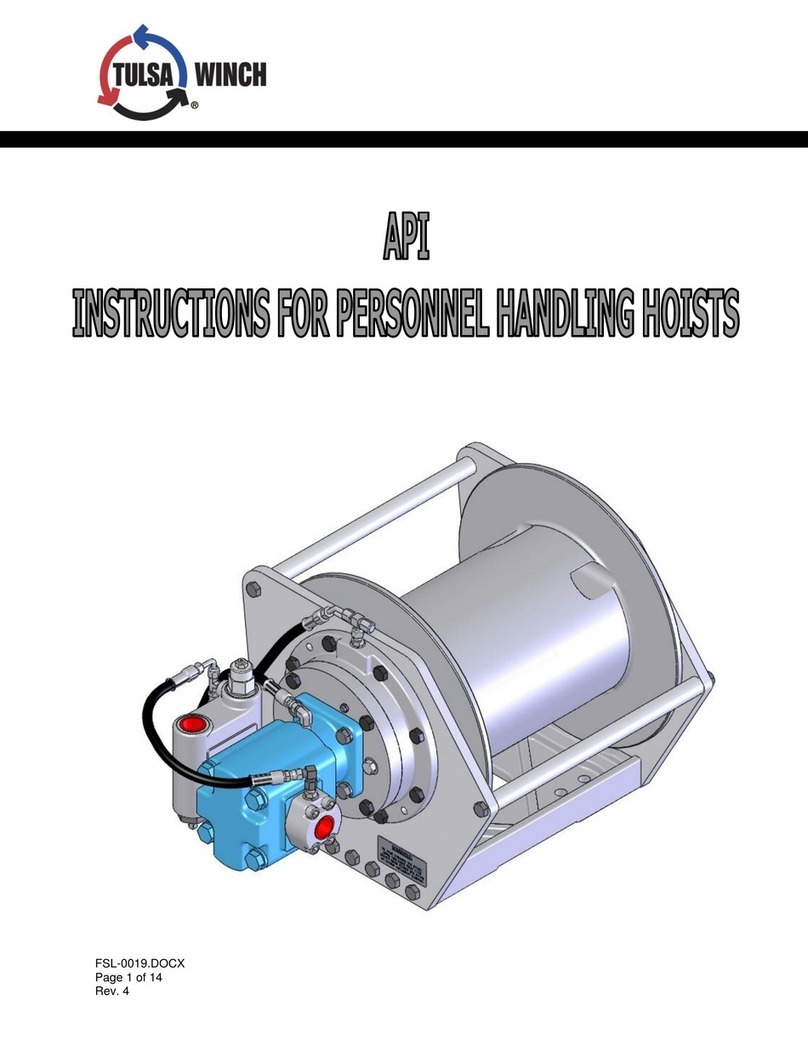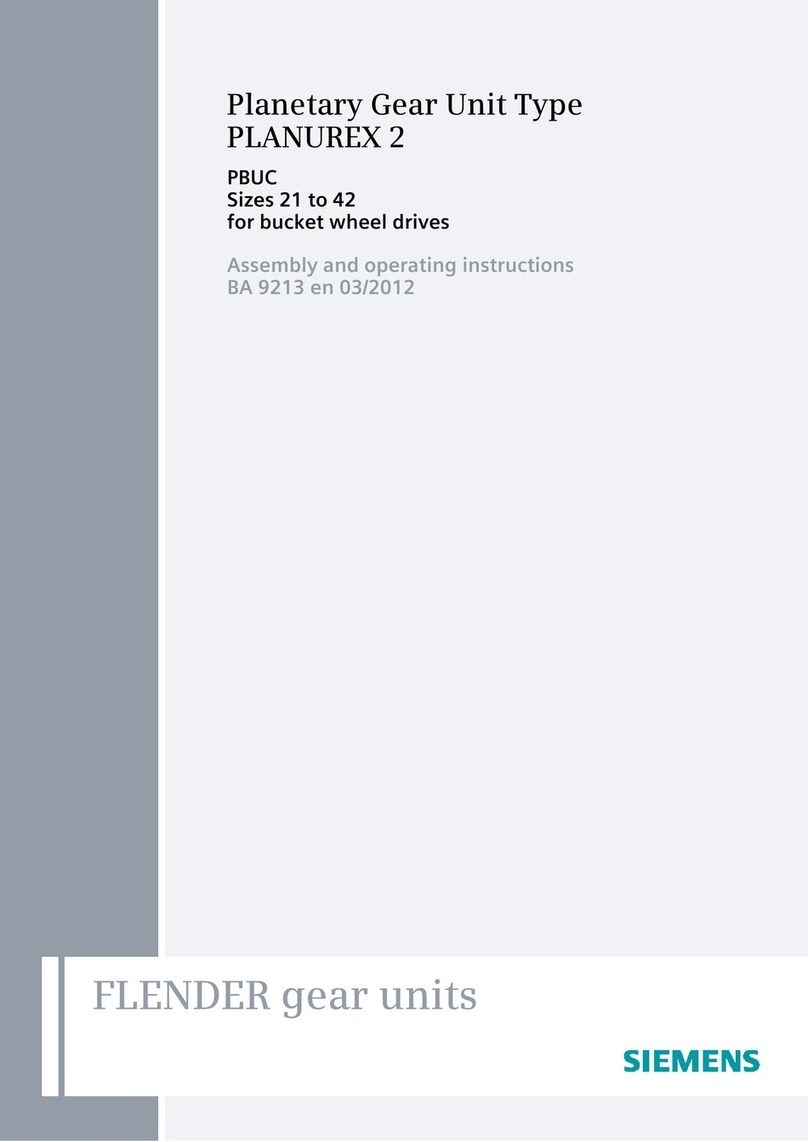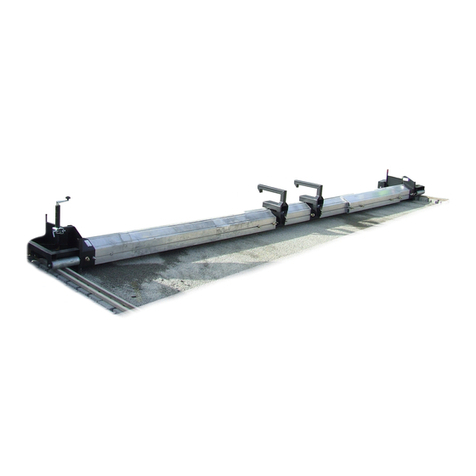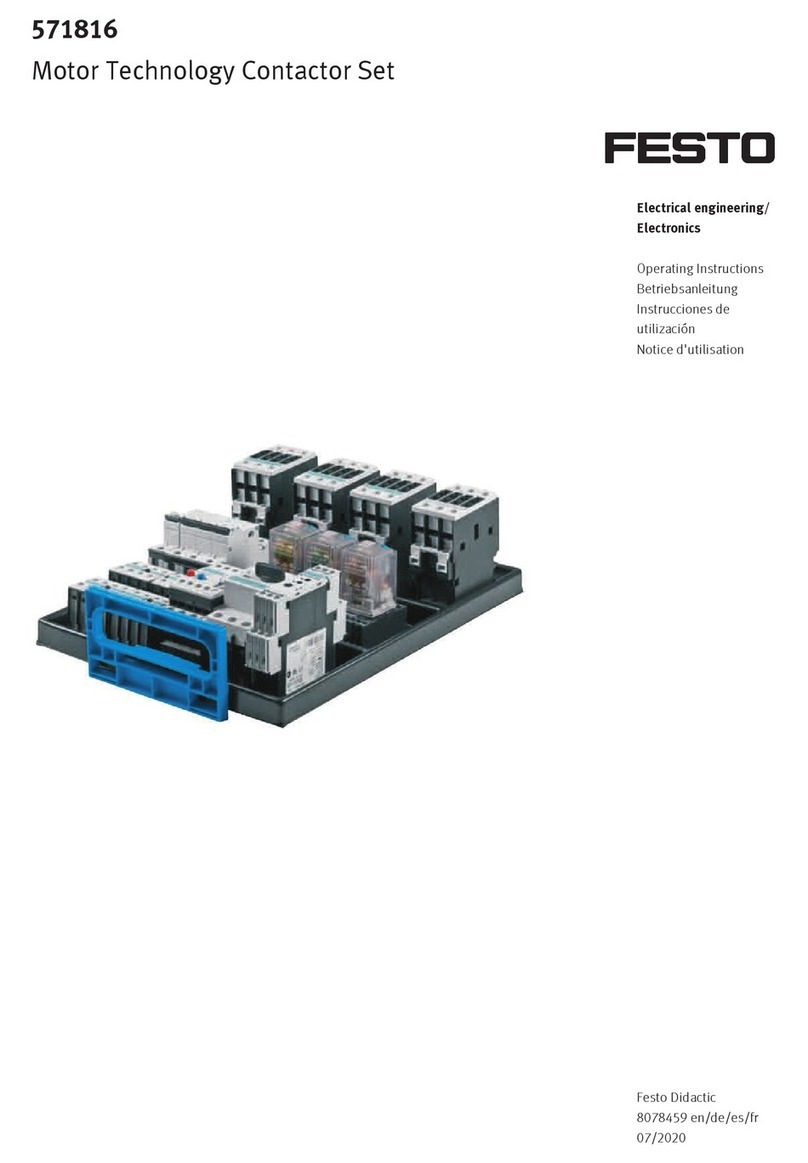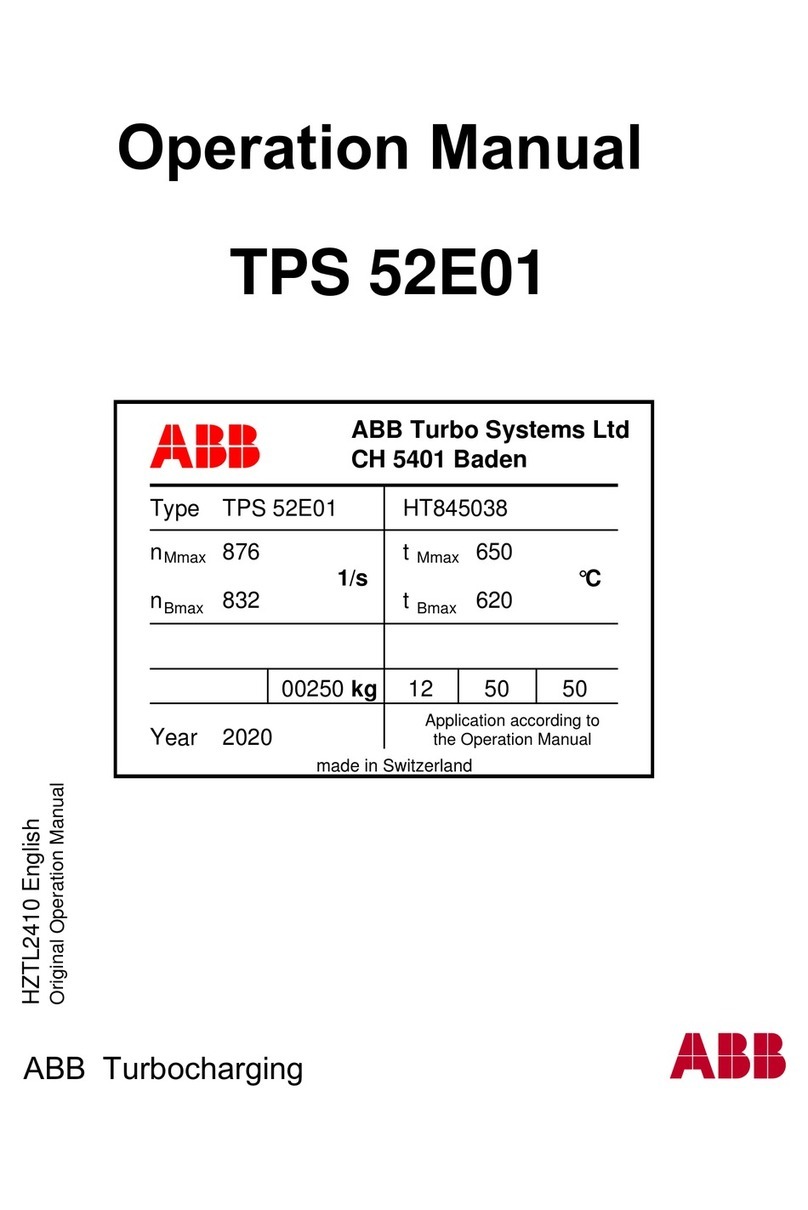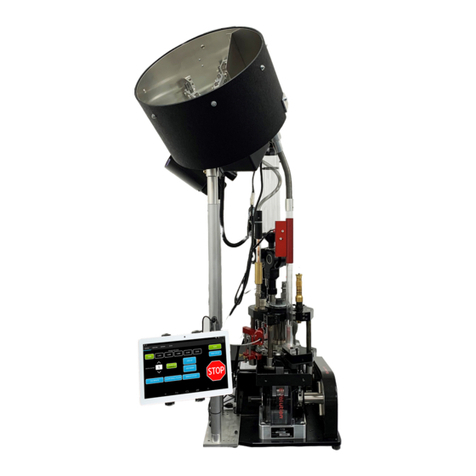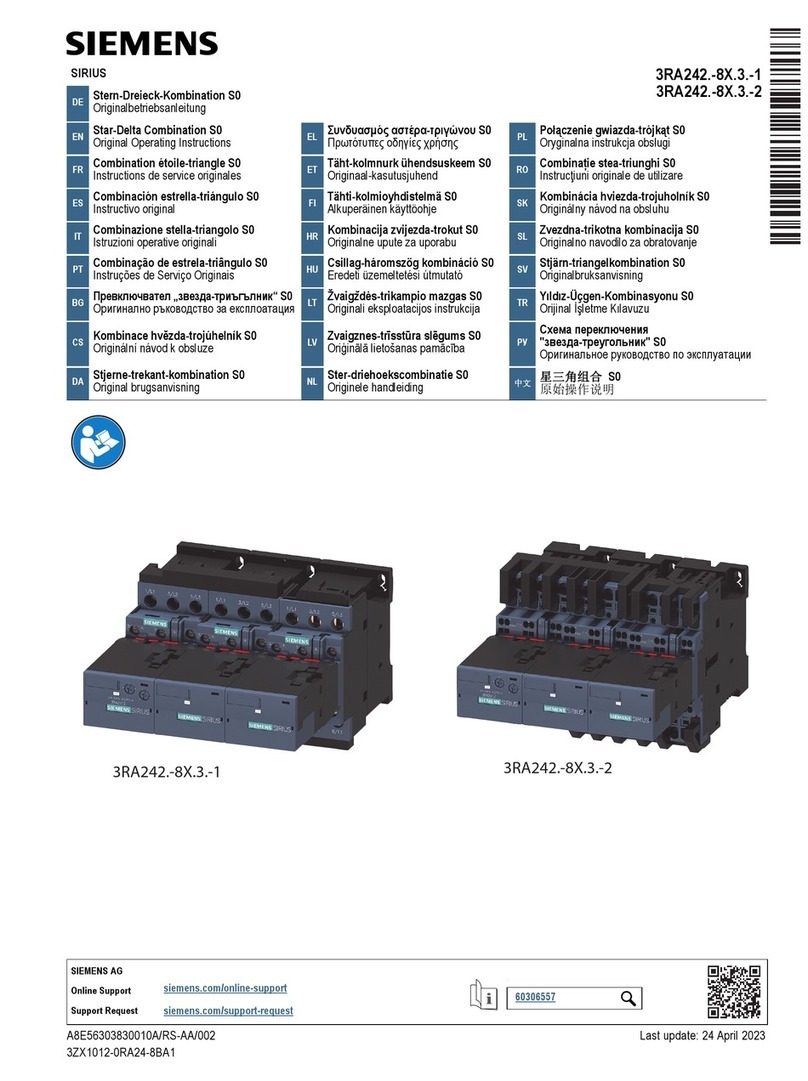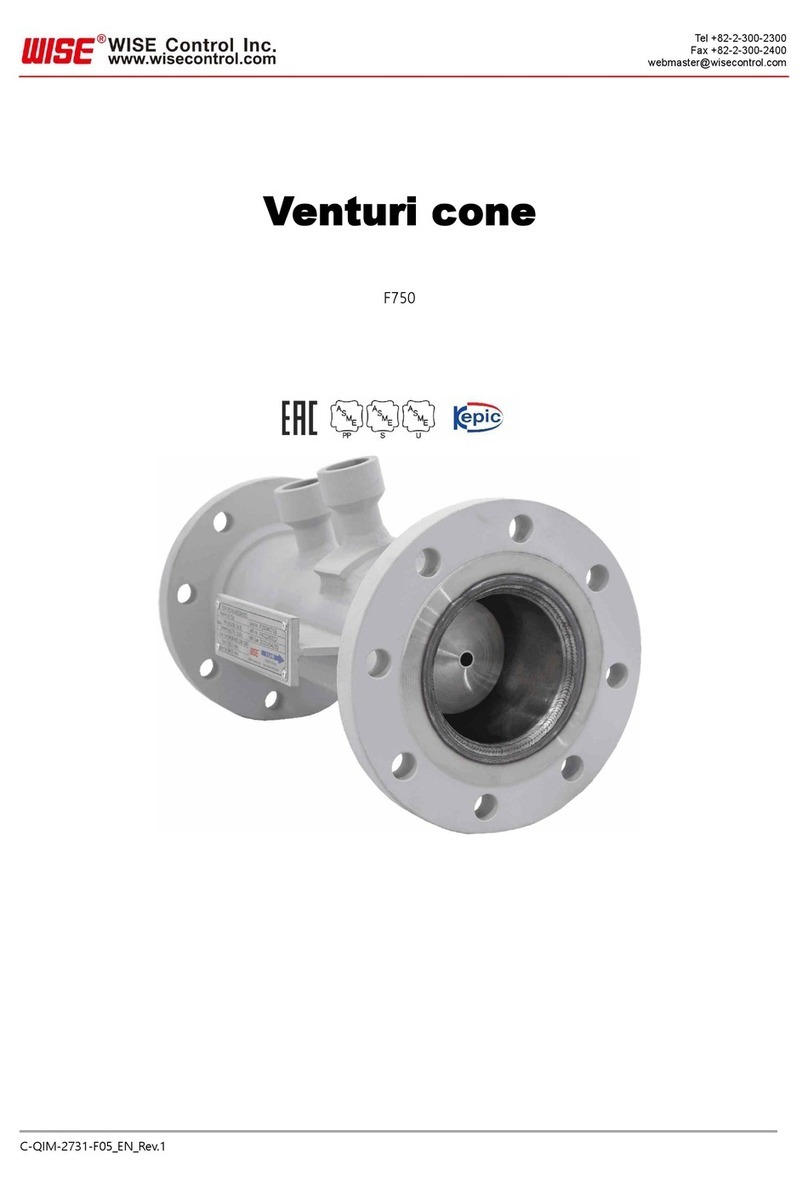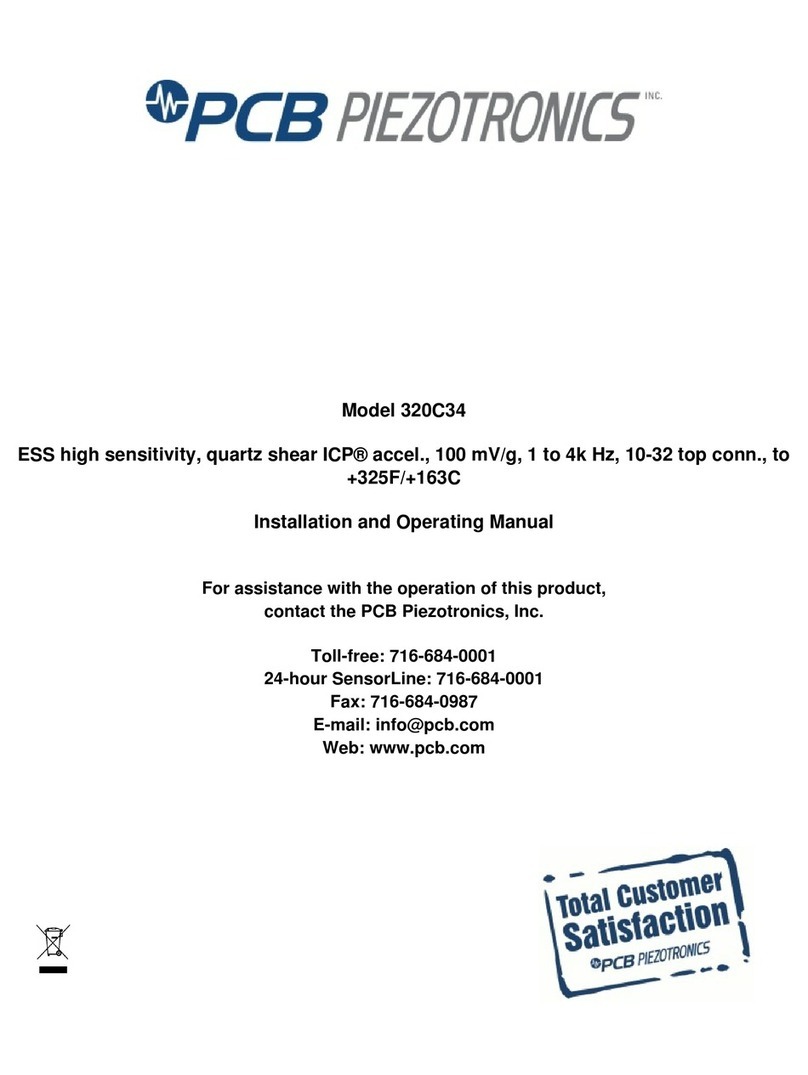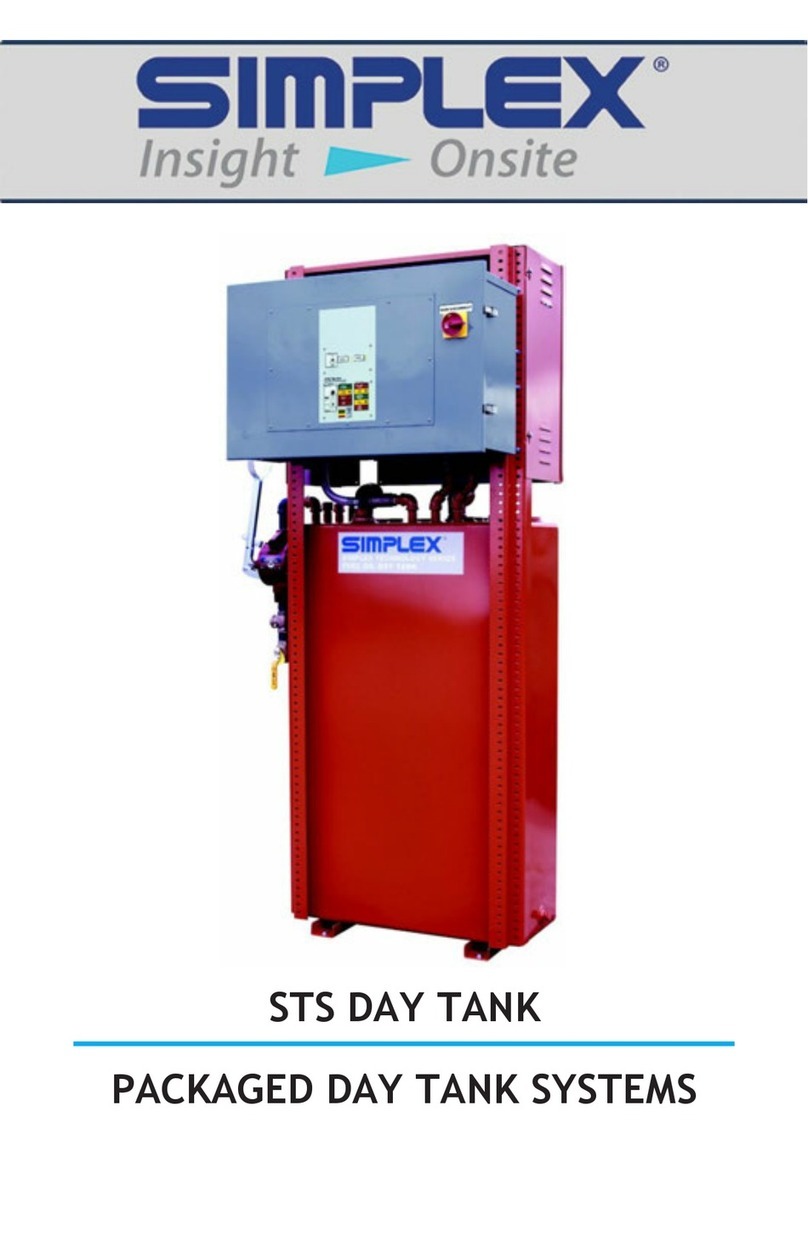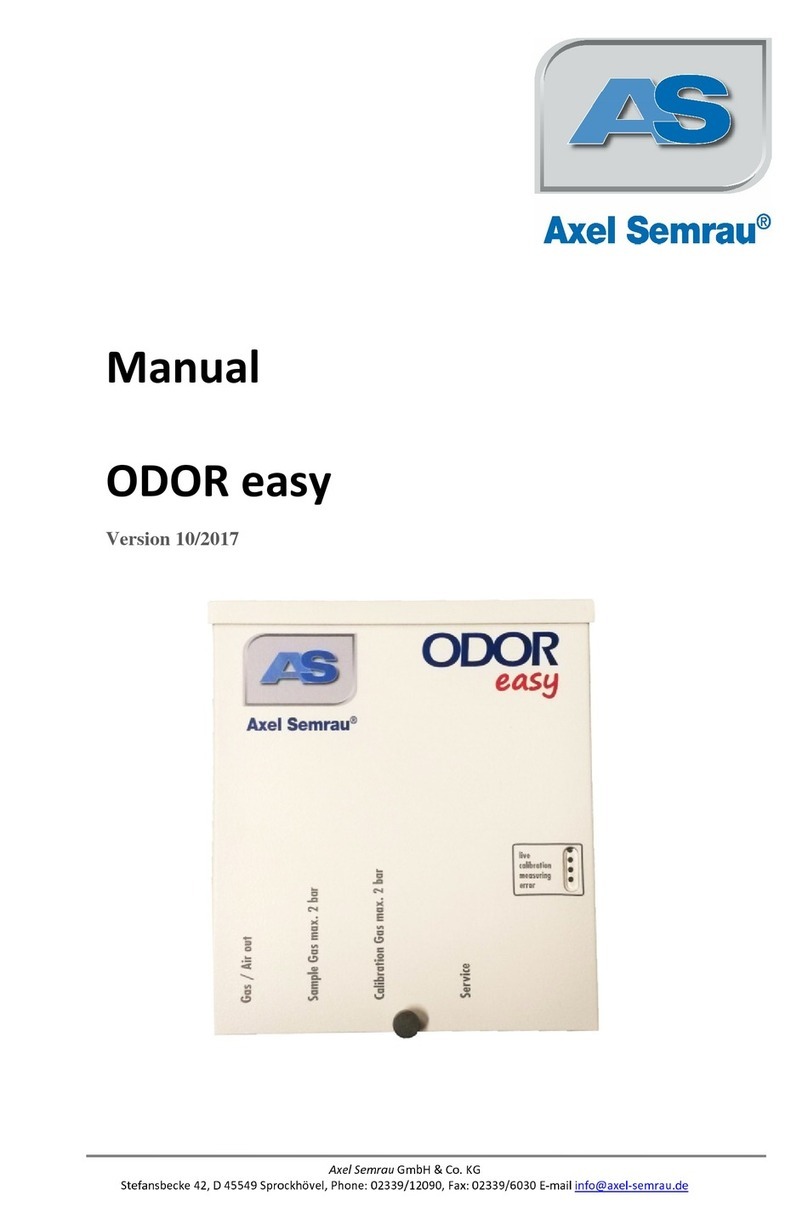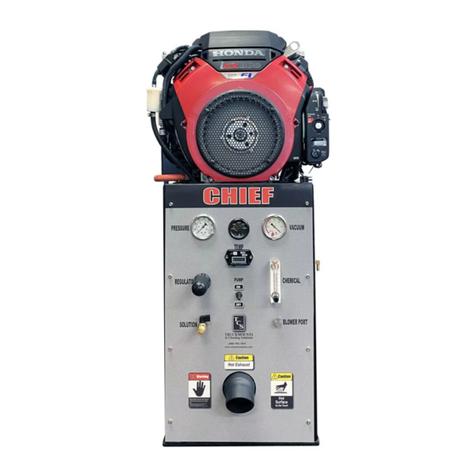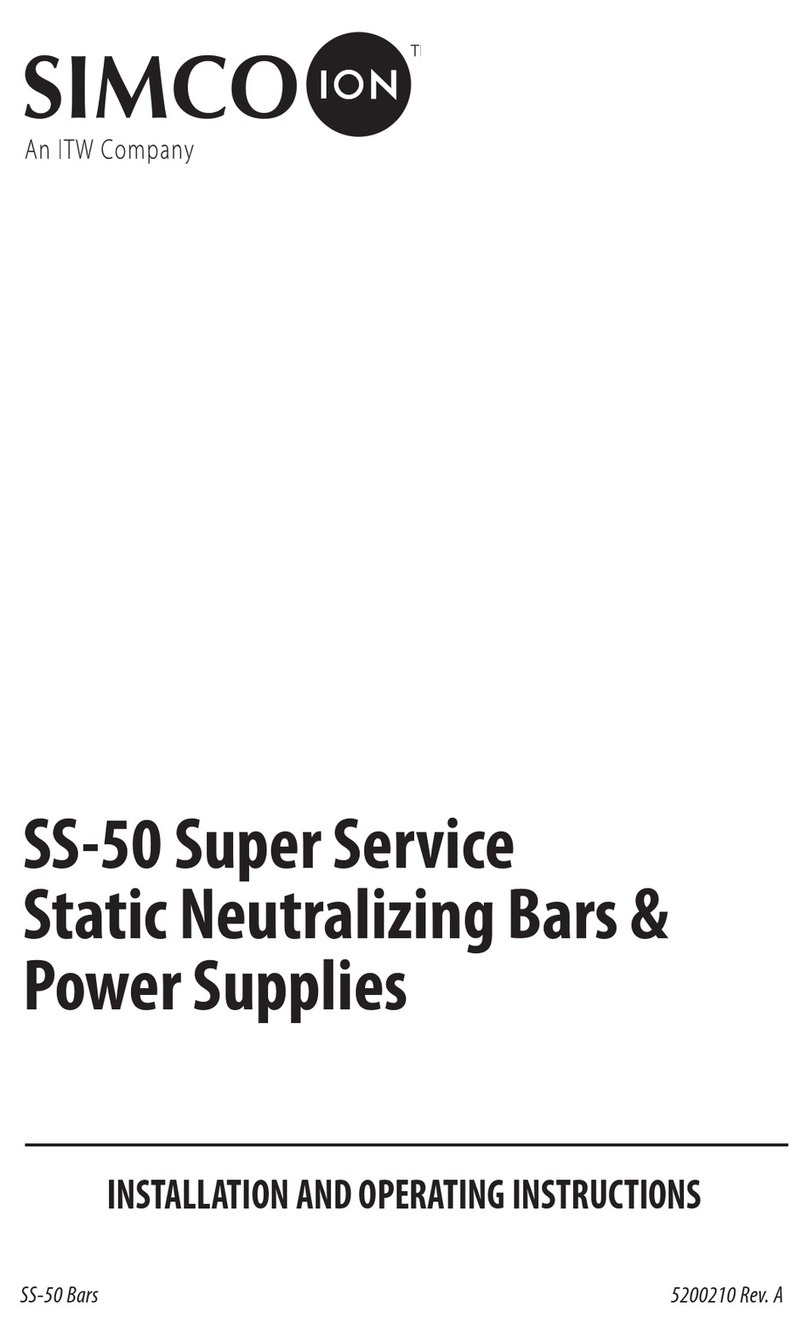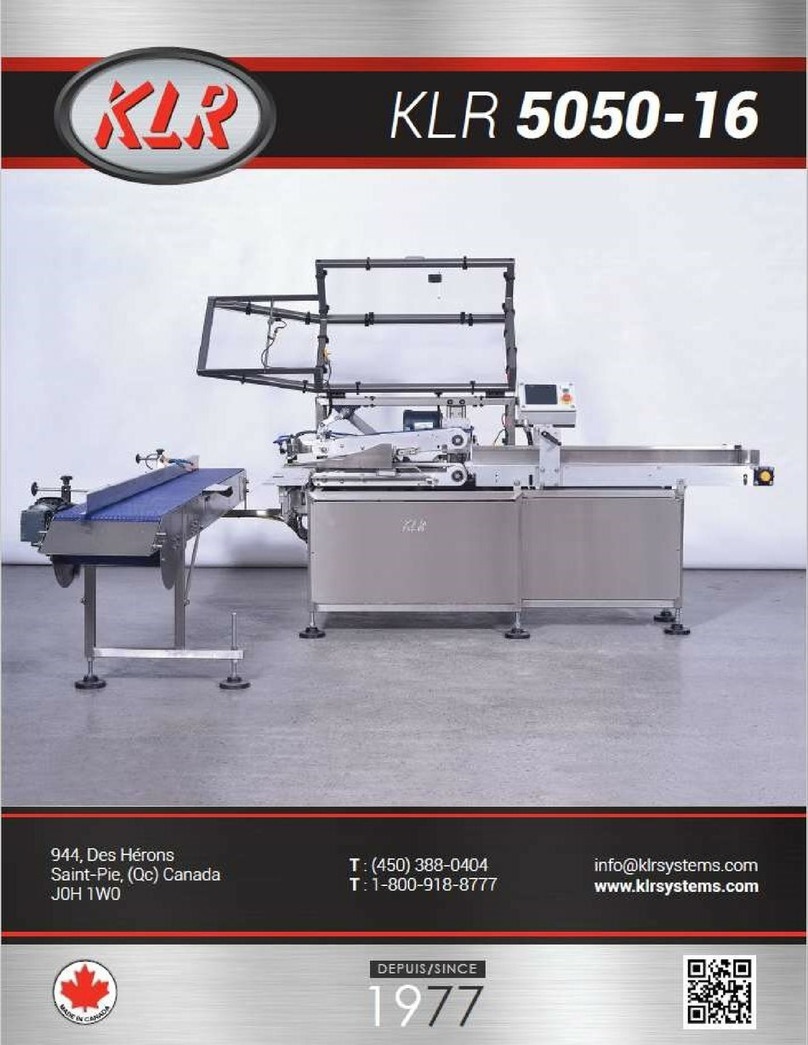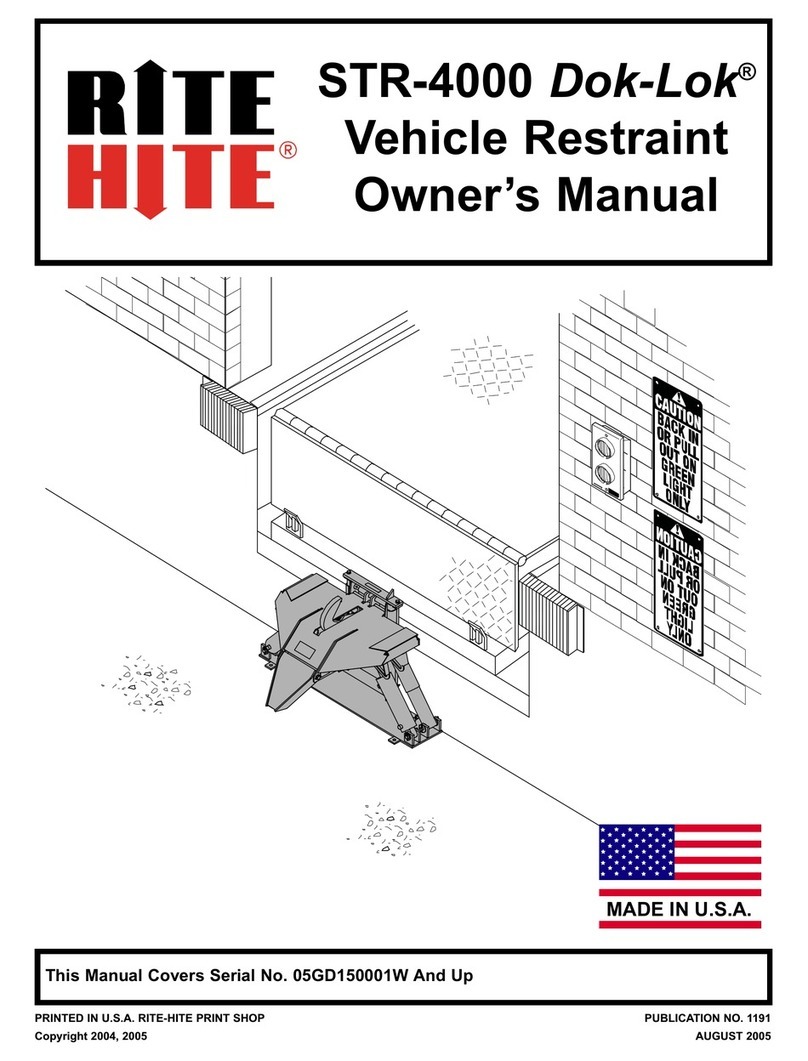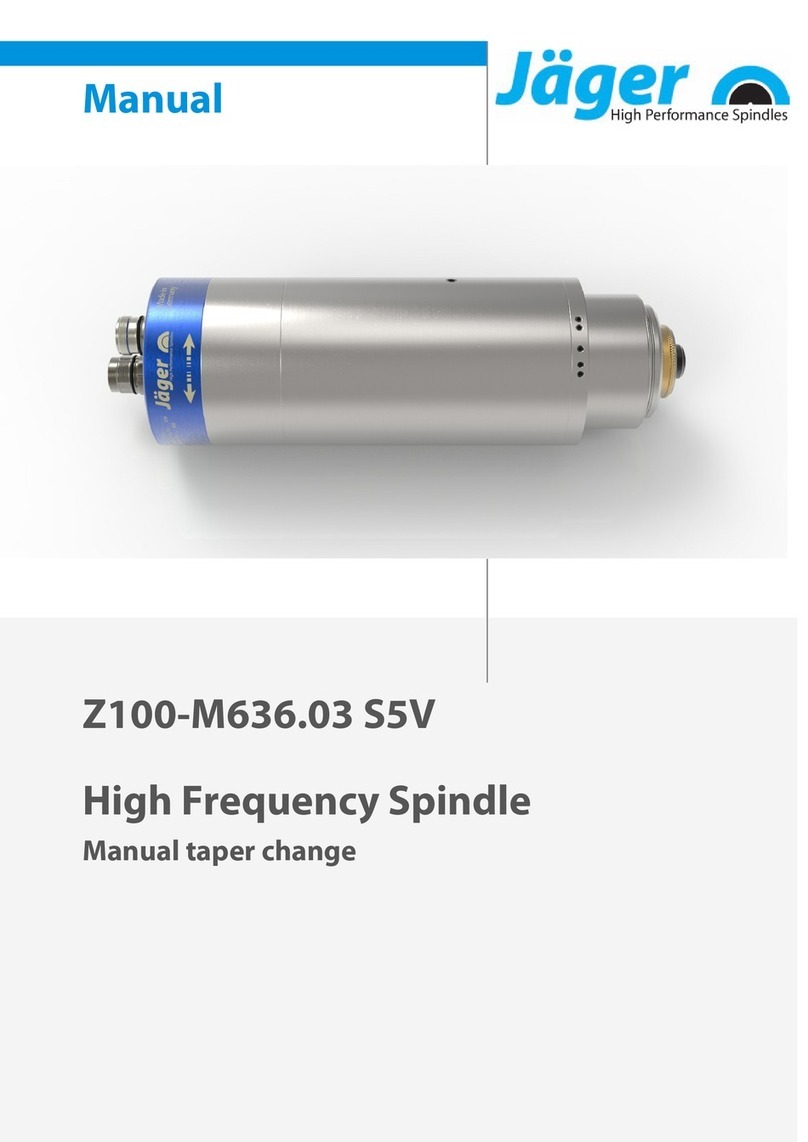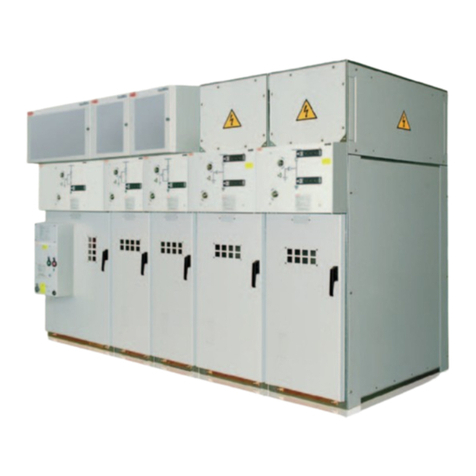tpt HB10 User manual

TPT Wirebonder www.tpt.de Page 1 of 53 September 2016
Wire Bonder HB10 / HB16
Operation Manual
Version 4
www.tpt.de

TPT Wirebonder www.tpt.de Page 2 of 53 September 2016
1. Table of contents
Page
1. Table of contents..........................................................................................2
2. Quickstart....................................................................................................3
3. Unpacking and Packing Instructions ............................................................4
4. Safety Instruction..........................................................................................5
4.1. Power-On......................................................................................................5
5. Introduction...................................................................................................6
6. Overview.......................................................................................................7
6.1. Front view.....................................................................................................7
6.2. Back view......................................................................................................7
7. Basic Ultrasonic Bonding & Bond Modes.....................................................8
8. Bonding Tools...............................................................................................9
9. Tool Installation ..........................................................................................10
10. Loading Wire to Motorized Wire Spool .................................................11
11. Control Puck...............................................................................................12
12. Menu Bond Touch Panel Display...............................................................13
13. Bonding Mode ............................................................................................14
13.1. Option H52 Dynamic Search and Stitch function.......................................14
14. Menu Setup Wedge Bonder Touch Panel Display.....................................15
15. Menu Setup Ball Bonder Touch Panel Display ..........................................16
16. Menu Misc Touch Panel Display................................................................17
17. Menu Loop Parameter Touch Panel Display..............................................18
18. Loop Profile Samples .................................................................................19
19. Menu Keyboard Touch Panel Display........................................................21
20. Pitch and Pad Size .....................................................................................22
21. EFO System (only Ball Bonding HB08/10/14/16).......................................23
22. Work Stage connector and Height Adjustment ..........................................24
22.1. Temperature Controller for Work Stage & Tool Heater..............................24
23. Adjust Search height, Loop height and Work height..................................25
23.1. Adjust Y-Way Bond Length Only HB12/14/16 Bonder.............................25
23.2. Adjust Bonding Parameter in Menu “Bond”................................................25
24. Find Bonding Parameters...........................................................................26
24.1. Tail Parameters ..........................................................................................26
25. Bonding Parameter ..................................................................................27
26. Option H80 "Pick and Place"......................................................................29
27. Epoxy Stamping Pot...................................................................................29
29. Option H53 "Pull Tester".............................................................................31
30. Option 85-1 "Digital Camera" .....................................................................34
31. Optional Software "Add Bond" for automatic Security Bond......................35
32. Bump bonding ............................................................................................37
33. Bumps without tail. .....................................................................................38
34. Ribbon bonding ..........................................................................................39
35. Bonding Sequence .....................................................................................40
36. Ultrasonic Generator ..................................................................................42
36.1. Force System .............................................................................................42
36.2. Electronic Basic force adjustment ..............................................................42
37. TDSW Touch Down Switch adjustment .....................................................43
38. Stitch Bonding and Dynamic Search..........................................................43
39. Wire Clamp.................................................................................................44
40. Tool Heater Option H40..............................................................................45
41. Troubleshooting..........................................................................................46
42. Height Setup in Menu Bond and Setup......................................................47
43. Wedge Tool ................................................................................................48
44. Packing Instructions ...................................................................................49
45. Heater Stage ..............................................................................................50
46. Laser Spotlight (Option H50)......................................................................51
47. Manual Wire Spool 1/2" and 2"...................................................................52
47.1. USB Stick....................................................................................................52
48. SPECIFICATION........................................................................................53

TPT Wirebonder www.tpt.de Page 3 of 53 September 2016
2. Quickstart
1. Switch on
Built in PC boot DOS and load software.
Software check motors and set clamp in middle position.
Bonder can be switch off at any time, last settings are save.
2. Loading wire to motorized wirespool
Thread wire to metal tube with the
aid of thick wire with a hook
Then thread wire to glass tube at bondhead
3. Install Wedge Tool or Capillary
Tool have to be flush with the top of trasducer
tight tool with 35 Ncm
4. Thread wire to bond tool.
5. Tail adjustment
set bonder to Ball or Wedge bonding an check Tail parameter
6. Height and Y-way settings
go to menu „Axis Setup”
press „setup“ and press bond button (start button) on control puck to measuring the bond
heights. Set Loop height and Y-way parameters.
If you change parameters in menu „axis setup“ you have to press „enter“ to save change.
7. Place substrate to work holder
Make sure your bonding part is hold properly and plain to the surface
8. Go to menu „Bond“
set parameters for first and second bond.
move to first bond-surface and press and hold bond button on control puck,
hold button to stay on search height (200µ over surface) then you can target exactly.
Release button to bond.
Height
Setup
Advan.
Settings

TPT Wirebonder www.tpt.de Page 4 of 53 September 2016
3. Unpacking and Packing Instructions
Unpacking Bonder Remove accessory boxes and foam material
Always handle machine with two persons. Microscope arm can used as handle. Do not touch bondhead!
Remove lock screw Remove cable tie from clamp Remove protection foam
Allen keys, microscope holder screws and transducer screws are stored in tool box
Now you are ready for installation see manual page 8.

TPT Wirebonder www.tpt.de Page 5 of 53 September 2016
4. Safety Instruction
1. Read Instruction:
All the safety and operation instructions should be read before the Bonder is operated.
2. Do not remove Safety Instruction from User Manual
3. When carrying the Bonder around, do not subject the Bonder
to heavy shock or vibration. Two people needed for Transportation
4. The Bonder should be installed on a solid horizontal base
5. Power Sources: The Bonder be operated only from the power source indicated on the
marking label.
The Bonder is equipped with a three-wire grounding plug
Do not defeat the safety purpose of the grounding plug.
Make sure grounding cable is connected
6. Protection Circuitry: The Bonder is equipped with two power line fuses at the power
connector and one fuses inside behind the power connector SI 5 A ,
7. The Cover should only be opened after powering down the machine
and removing the power cord from the wall outlet
8. Laser Spot Light, Attention!
Don’t stare into the beam. Direct viewing into the Beam can cause permanent eye
damage. Please note regulations according to EN 60825-1 and VBG 93 Laser class 2, P
= 1mW
9. Hot machine parts:
The maximum temperature of heated Work holder is 250°C.
Allowing parts cooling down before replacing Heated Work holder,
illumination lamps or any other hot machine part.
10.EFO ( Electronic Flam Off) Only If Bonder is equip with EFO System
Do not touch the electrode or the wire during bonding or when manually firing the EFO.
11.The System produces a High Voltage spark. The potential shock hazard is not usually
considered life threatening. However, TPT recommends that those persons with
abnormal heart conditions or artificial heart stimulation devices (e.g. pacemakers) should
not be permitted to operate or service this Bonder
12.Bonding Tools have sharp edges, beware of touching them.
13.All Service and maintenance should be performed by trained, authorized personnel.
4.1. Power-On
Before plugging the power cord into the A. C. power source, check the label located on the rear of the HB
Bonder . lf the label does not agree with the available A. C. power, do not plug in the power cord. Check the A.
C. power socket for correct wiring.
POWER ON/OFF Switch is on back left side,
TFT Display light on indicate that POWER is on.

TPT Wirebonder www.tpt.de Page 6 of 53 September 2016
5. Introduction
The HB XX ultrasonic wire bonder is characterized by vertical feed of wire or ribbon, manual X-Y
control of the work piece, HB08/08/10 is equip with motorized control of the Z Axis.
HB12/14/16 is equip with motorized control of the Z & Y Axis
All HBXX Bonder have the exclusive TFT Touch Panel Operation System.
This manual is designed to provide the operator with an understanding of the equipment operation,
characteristic features of the bonder, adjustments available to insure the best results in wire
bonding, and troubleshooting procedures for fault isolation and correction of malfunctions.
lt is strongly recommended that all operations and maintenance people read this manual thoroughly,
and obtain hands-on operating experience with the bonder. The precision and ease of operation of
the equipment, and quality of the bonding will be better appreciated by using the bonder. Familiarity
will also facilitate expeditious introduction of the equipment in production and enhance productivity.
HB06/12 is a manual/ semiautomatic thermo sonic wire or ribbon wedge bonder. This bonder was
designed to make 0.5 to 3.0 mil gold or aluminum wire or up to 1.0 x 10. 0 mil gold or aluminum
ribbon electrical interconnections on a wide range of microelectronic packages.
HB08/14 is a manual/ semiautomatic thermosonic wire ball bonder. This bonder was designed to
make 0.7 to 2 mil gold wire electrical interconnections on a wide range of microelectronic packages.
HB10/16 is a manual/ semiautomatic thermosonic wire bonder for Wedge bonding,
Ball bonding and Ball Bumping.
The HB Bonder is characterized by precision mechanism for manual X-Y control of the work
platform and work piece, a semiautomatic Z & Y control of the bonding tool, and electronic control of
the bonding variables (Force, Ultrasonic, Temperature and Time). Standard features designed into
the HB include: Leica 6:1 Zoom Stereo-microscope with 20X eyepieces, and area illuminator; work
stage with mechanical or vacuum clamping provisions. All Bond parameters and programs are
operated with 6,5” TFT Touch Panel Display. A variety of options are available to enhance
operability in special applications.
The design considerations were operator comfort and ease of operation, reliability of the bonding
system, low inertial impact of the bonding tool, and operator safety. The mechanical assembly of the
bonder consists of close tolerance bonder parts for precision operation and control. The electrical
assembly is composed of highly reliable electronic components integrated into a modular assembly
to facilitate ease of adjustment and troubleshooting.

TPT Wirebonder www.tpt.de Page 7 of 53 September 2016
6. Overview
6.1. Front view
1. Bond head
2. 6,5“ TFT Touch Panel Operator System Dual
3. Heater Stage
4. Control - Puck
5. Microscope
6. Motorized Wire-Spool
7. Fiber Optic Illuminator
6.2. Back view
1. PC Keyboard and Mouse Connector
2. Manual Z- Connector (Option) see Page 38
3. Foot switch Stitch bonding
4. USB Connector
5. On / Off Switch
6. Power Connector AC 100V - 230V T 6,30 A Fuse
7. Serial number and Bonder type
Detailed view on Bondhead

TPT Wirebonder www.tpt.de Page 8 of 53 September 2016
7. Basic Ultrasonic Bonding & Bond Modes
All TPT Bonders utilize the basic ultrasonic bonding method. Bonding two types of metals using the ultrasonic
method results from three variables: force, ultrasonic power and time. If the HB16 is used for gold wire bonding,
heat is used as a fourth variable. At this point these parameters will be explained briefly. The outcome of altering
the variables will be explained in the referenced chapters.
The force supports the plastic deformation and facilitates the coupling between the bonding tool, the wire
and the substrate.
The scrubbing effect of Ultrasonic (63,3kHz) displaces the contaminants on the surface and ensures metal
to metal coupling. When using the Ballbond or Ball Bump option, altering the Ultrasonic also changes the
size of the ball.
The time has to be set sufficiently long to cause solid state diffusion.
The heat support the ultrasonic. With more heat is less ultrasonic necessary.
Ultrasonic Bonding is a type of friction based welding, but it is not a process which uses high temperatures to
fusion 2 metals. To connect the wire with the substrate, it is pressed onto the surface, while being moved laterally
according to the settings of the ultrasonic, as shown in the illustrations below. If heat is used as a fourth variable
the process is called Thermosonic Bonding
Ball in motion due to Ultrasonic,
is moving towards the substrate.
Friction based welding connects
the ball with the substrate.

TPT Wirebonder www.tpt.de Page 9 of 53 September 2016
8. Bonding Tools
Capillary
used to perform Ballbonds and Ball Bumps
conic shape
can be characterized by e.g. Hole Diameter, Tip Diameter, Chamfer Diameter
use a suitable Capillary, considering the Wire Diameter, Wire type and Bond Diameter
the wire diameter is a key factor to determine the optimized hole diameter it is necessary to utilize the
optimized hole diameter to reach a high quality first bonding and loop
Wedge Tool
used to perform Wedgebonds
can be characterized by e.g. Hole Diameters, and angle
there are different angles for the second hole, 30°,45°,60°
45° is the most common angle
use a suitable Wedge Tool, considering the Wire Diameter, Wire type and Bond size
the wire diameter is a key factor to determine the optimized hole diameter
Capillary Wedge Tool

TPT Wirebonder www.tpt.de Page 10 of 53 September 2016
9. Tool Installation
Remove the wire and carefully move the Clamp to the left side.
It is recommended to use your right hand to push while buffering the
movement using your left hand.
If there is already a Capillary or Wedge Tool in the transducer, make
sure to secure it when you loosen the screw. Place the new tool in the
transducer.
Tighten the screw using the Torque Wrench 35 cNm after you made sure
that the tool is flush with the top of the transducer. To ensure high quality
bonding it is mandatory that the tool is in a perfect position. If the tool is
not fixed correctly, Ultrasonic vibrations may not be forwarded properly
from the transducer into the tool, causing heavy bonding mistakes. Also
make sure to only use original components of TPT.
When installing a Wedge Tool the positioning of the tool is an important
factor. The spike of the tool has to face the user, the holes for the wire
have to face the machine. It is recommended to use the microscope for
an accurate adjustment. Carefully move the clamp back to its original
position
The bonding tool is fitted into the 1/16 inch diameter hole in the ultrasonic transducer.
The top of the wedge tool must be flush with the top of the transducer.
Secure by tightening the special set screw with Torque Wrench 35 cNm.
Wedge bonding Tool: 1/16" dia. x 0.750 long bonding wedge with a '45 wire or ribbon feed angle is ecommended.
Ball Bond Tool : Capillary 1/16" dia. x 0.450 long is recommended
Refer to your tool supplier catalogue for the tool suitable for the specific application.

TPT Wirebonder www.tpt.de Page 11 of 53 September 2016
10. Loading Wire to Motorized Wire Spool
Open left cover loosen set screws and slide wire spool at holder
remove Wire spool watch out for right spool orientation
Lift up sensor bar to thread wire use hook from toolbox move clamp aside and
to pull wire through tube pull wire through glass tube
Use booth hands to tread wire move clamp back
through bond tool. make sure wire is in clamp
Explanation Video on Youtube:
"How to thread wire in wedge tool" https://youtu.be/-Ez8a4g_K-E
H71 motorized Wire Spool maximum Wire diameter is 50µ / Ribbon until 100 x 20µ
H72 manual wire Spool maximum Wire diameter is 100µ / Ribbon until 250 x 25µ
H71 H72

TPT Wirebonder www.tpt.de Page 12 of 53 September 2016
11. Control Puck
Figure 15 Control Puck
1. Bond Start button
2. Tail feed upwards
3. Tail feed downwards
4. Reset after first bond, by search height and by height setup
To abort bonding on search height you can do also,
Hold one feed Button (2/3) on search height and lift Bond button (1).
Control Puck "X-Y" Axis Control - 6 :1 ratio manipulator

TPT Wirebonder www.tpt.de Page 13 of 53 September 2016
12. Menu Bond Touch Panel Display
Bond Menu Start menu after Bonder switch on,to program all necessary parameters
Ready display green = Bonder OK
Test USG button for test of US-Energy
Height Setup button for Auto height Set Up ( see page 31) Reset with Feed Button
Loop H Loop Height
Y-way Auto button for Y-way adjustment ( see page 25 ) Only HB12/14/16 Bonder
Bond 1 green = Bonder ready for 1st. Bond and switch for reset to 1st Bond
U/S button for 1st. Bond US energy
Time button for 1st. Bond time
Force button for 1st. Bond force
Bond 2 green = Bonder ready for 2nd.Bond
U/S button for 2nd. Bond US energy
Time button for 2nd Bond time
Force button for 2nd Bond force
Prog Button for Load new Programs
Program Name Display and change Program Name
Wedgebond program changed from Wedge-/-Ball/-Bump/ Pick & Place (Option)
Bond Mode Full Automatic, Semi Automatic, Step, Manual (see next Page)
Clamp switch for Wire clamp open/closed
Advanced Setting parameter for Setup, Tail, Loop and other Setting
All changed program values are automatic saved in displayed program number

TPT Wirebonder www.tpt.de Page 14 of 53 September 2016
13. Bonding Mode
1. Full Automatic : After press and hold Bond Button
Bond Tool is moving to 1st Bond Search Height.
After release Bond Button wire Bond is automatic made.
No possibility to correct position on 2nd Bond
2. Semi Automatic : After press and hold Bond Button
Bond Tool is moving to 1st Bond Search Height.
After release Bond Button 1st Bond is made and tool is moving
To Loop Height and Y-Distance .
After press and hold Bond Button
Bond Tool is moving to 2nd Bond Search Height
After release Bond Button 2nd Bond is made and Tool is moving
To Start Position ( Work Height )
3. Step –Mode: With Bond Button Tool will be Step thru Tail Sequence
and Loop Sequence if any programmed
4. Manual Mode: Only with Option H51 Manual Z-Control
The Operator using Manual Z-Control to move Bond Tool to Bond surface.
After touching Bond surface 1st Bond is made automatically and Tool is rising 100 Microns.
Then Operator is moving Bond Tool by using Manual Z control
and X-Y Manipulator to 2nd Bond Position.
After touching Bond Surface 2nd Bond is Made and Tool is move back to Start Position
13.1. Dynamic Search and Stitch function (Option H52)
Dynamic Search adjustment:
Function only in Semiautomatic Mode
if Bonder is in search height position ,
Search height can be changed with button down/up
Dynamic bond length adjustment:
if Bonder is in Loop height position , Bond length (Y-Way) can be
changed with button down/up
Stitch function:
Stitch button has same function like foot switch

TPT Wirebonder www.tpt.de Page 15 of 53 September 2016
14. Menu Setup Wedge Bonder Touch Panel Display
Wedgebond Mode
Clamp Feed Table Tear
Menu Setup Wedge Bonder Figure 8
Setup Setup Menu for Height adjustment, Tail adjustment and EFO adjustment
Tail Step button to change Tail-Step distance for Wire feed switch
Loop Param loop Parameter Menu for loop profile programming Only HB12/14/16 Bonder
Misc Menu for light adjusted , and all parameter saved/load to USB & Bonder
Bond timer displayed, Motor speed and search speed
. Bond Bondmenu, here are all Bond parameter displayed
Height Setup button for Auto height Set Up ( see page 33) Reset with Feed Button
. Sh Bond 1 button for 1st. search height adjustment
. Sh Bond 2 button for 2nd search height adjustment
. Work h button for upper work height position ( Bond tool )
. Table Tear Change Tail Mode between “Table Tear” and “Clamp Feed”
Table Tear : After second bond clamp, is still open and move upwards and backwards, then
clamp is closing an cut wire by moving upwards or backwards.
Up CO Clamp is open and bondhead move upwards (Z-way)
Back CO Clamp is open and table move backwards (Y-way)
Back CC Clamp is closed and table move backwards (Y-way) to cut wire
Clamp Feed : After second bond clamp, is closed and move upwards to cut wire.
On work height clamp feed wire for new tail.
Tail Back to cut wire by moving clamp upwards (usually is “0”)
Tail Feed after bonding, on work height, clamp feed new tail (usually is “200”)
All changed program values are automatic saved in displayed program number

TPT Wirebonder www.tpt.de Page 16 of 53 September 2016
15. Menu Setup Ball Bonder Touch Panel Display
Ballbond Mode
Setup Setup Menu for Height adjustment, Tail adjustment and EFO adjustment
Loop Param loop Parameter Menu for loop profile programming Only HB12/14/16 Bonder
Misc Menu for light adjusted , and all parameter saved/load to USB & Bonder
Bond timer displayed, Motor speed and search speed
. Bond Bond menu, here are all Bond parameter displayed
Height Setup button for Auto height Set Up ( see page 33) Reset with Feed Button
Test USG button for test of US-Energy
. Sh Bond 1 button for 1st. search height adjustment
. Sh Bond 2 button for 2nd search height adjustment
. Work h button for upper work height position ( Bond tool )
. Table Tear Change Tail Mode between “Table Tear” and “Clamp Feed”
EFO Start Button to activate EFO Wand ( Only Ball Bonder )
EFO Power Button for Value EFO Power/ Energy
ON/OFF ON = EFO starts automatically after 2nd Bond
OFF = EFO start only by pushing Start button
Up CO after second bond bondhead move this parameter upwards,
then clamp is closing and cut the wire.
All changed program values are automatic saved in displayed program number

TPT Wirebonder www.tpt.de Page 17 of 53 September 2016
16. Menu Misc Touch Panel Display
Setup Setup Menu for Height adjustment, Tail adjustment and EFO adjustment
Loop Param loop Parameter Menu for loop profile programming Only HB12/14/16 Bonder
Misc Menu for light adjusted , and all parameter saved/load to USB & Bonder
Bond timer displayed, Motor speed and search speed
. Bond Bond menu, here are all Bond parameter displayed
Save as Save Program to new program number
Backup backup all programs to USB Stick
Restore Restore all programs from USB Stick
Light switch to set light value
Job Counter reset able counter, push and hold 3 sec.
Fix Counter Bond counter not reset able
Mot. Speed button to change Motor speed from 20-100%
SearchSp. to change search speed from 10 to 50%
Stitch Button to change stitch Mode from 1-2-2 to 1-2-1
All changed program values are automatic saved in displayed program number

TPT Wirebonder www.tpt.de Page 18 of 53 September 2016
17. Menu Loop Parameter Touch Panel Display
Only HB12/14/16 Bonder
Loop Profile Software can be used to create Loop shape with maximum 10 Steps
Setup Setup Menu for Height adjustment, Tail adjustment and EFO adjustment
Loop Param loop Parameter Menu for loop profile programming Only HB12/14/16 Bonder
Misc Menu for light adjusted , and all parameter saved/load to USB & Bonder
Bond timer displayed, Motor speed and search speed
. Bond Bond menu, here are all Bond parameter displayed
Arrow Button to adjust direction of Bond head movement,
↑ Z up,
↓ Z down,
→ Y forward,
← Y backward
CO/CC Movement with closed or open clamp
0000 travel distance in Micron
All changed program values are automatic saved in displayed program number

TPT Wirebonder www.tpt.de Page 19 of 53 September 2016
18. Loop Profile Samples
Different applications require different loop shapes. To perform the desired loop, it is necessary to fill in suitable
values in the Advanced Settings - Loop Parameter Menu. Different shapes lead to different characteristics of the
bond, for example increasing its stability. We will now provide you different Loop Shapes from basic settings to a
more complex program of a bond. Therefore, this manual displays the path of the capillary, the necessary settings
to perform that path and the Loop Shape as the output of the programming.
1. Basic Loop
By programming the capillary movement upwards and to the front, the operator will perform a Basic Loop.
Increasing the value of way 2 will lead to a longer loop. Be aware that this may also cause an increasing amount of
tension between the ball and the wire because the angle between those has also been changed. Aside from the
tension, the longer the loop will be the more stability will be lost. The height of the loop can be adjusted by altering
the value of way 1.
Reverse Loop
In addition to the Basic Loop, the capillary moves backwards before it reaches its desired height. The loop gets a
more stable shape, provided by the new set of angles of the wire. With this shape it is possible to realize longer
loops without losing its stability.

TPT Wirebonder www.tpt.de Page 20 of 53 September 2016
Double Reverse Loop
By adding another 3 steps it is possible to perform the
Double Reverse Loop. This loop is characterized by its curved shape. It is a very stable loop and also lowers the
tension between the ball and the wire. This shape is also suitable for loops with a height gap between bond 1 and
bond 2.
Long Loop
The Long Loop can be performed by moving the capillary downwards and to the front as the last program steps.
This ensures a pulling effect on the bond, performing a long and flat loop. At the same time the added angles
provide stability to the loop. However, the flatness causes tension between the ball and the wire. The flat shape of
the loop is a result of a pulling effect (Way 9) on a very low Z-Level (determined by Way 8). By keeping all values
unchanged and increasing the pulling variable, the loop becomes longer and more flat. If you desire a longer loop
with the same characteristics, please make sure to adjust the other values.
Value
Changes
Effect
Way 1
increasing
Loop height, same length
decreasing
Flat loop, same length
Way 2
increasing
Loop is strained backwards, shorter length
decreasing
Flat and longer loop, loss of angles
Way 3
increasing
Loop is strained backwards, more wire on same length
decreasing
Flat loop, loss of angles
Way 4
increasing
Loop is strained backwards, bulbous and shorter loop
decreasing
Longer and flat loop
Way 5
increasing
Flat loop, more tension between ball and wire
decreasing
Higher loop
Way 6
increasing
Loop is strained backwards, bulbous loop, loss of angles
decreasing
Flat loop, loss of angles
Way 7
increasing
Longer loop, tension between ball and wire increases
decreasing
Loop is strained backwards and shorter
This manual suits for next models
1
Table of contents
